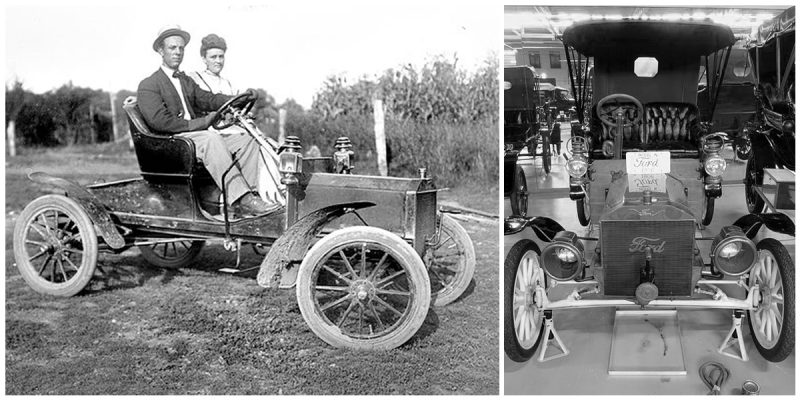In 1906, Henry Ford’s dream to make an affordable car for the everyday person was being realized. The Model N was Mr. Ford’s conception of a runabout that was “all automobile”– in other words, all efficiency with none of the frills or fussings so dear to the hearts of some motorists. The Ford Model N was introduced as a successor to the Models A and C as the company’s inexpensive entry-level line; and it was built at the Ford Piquette Avenue Plant.
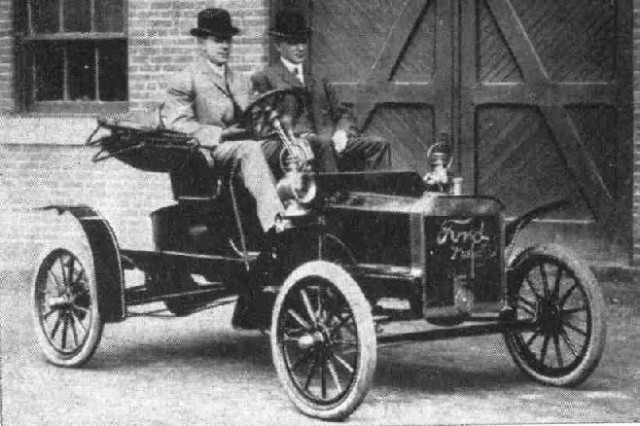
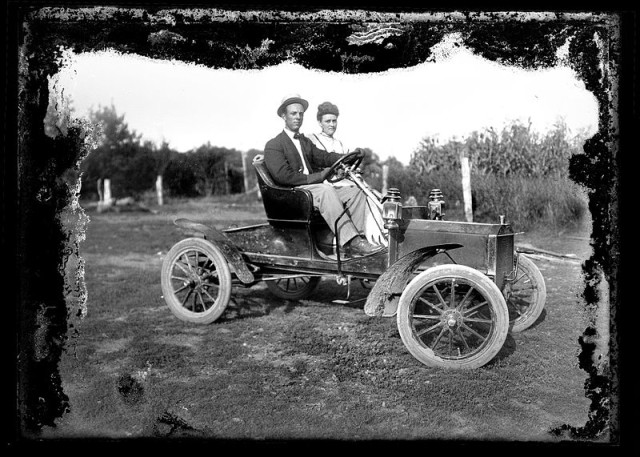
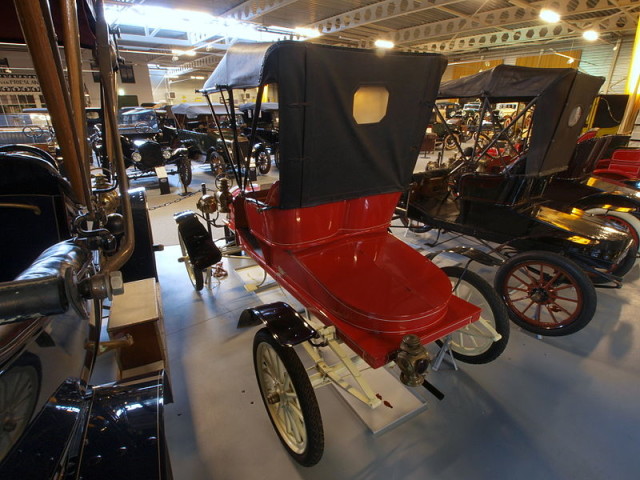
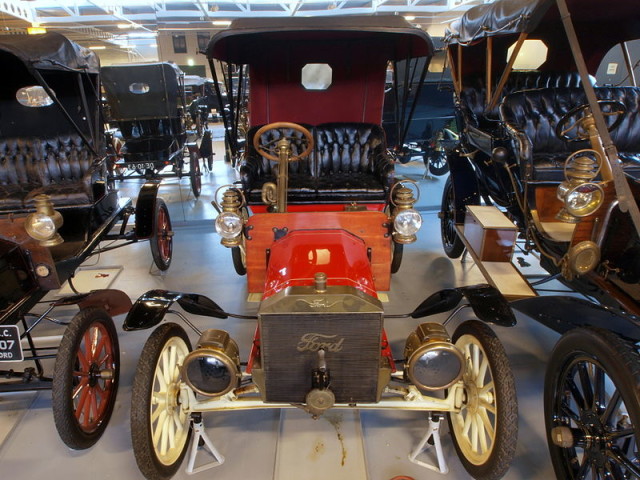
Advertising claims the Model N had more power in proportion to weight than any other car ever built. The Model N Ford featured a 4-cylinder 149 cubic-inch engine cast in-pairs producing 15 horsepower. The transmission was a two-speed planetary type. It had an 84-inch wheelbase weighing 1050 lbs. The Model N was capable of top speeds over 40 mph and featured a trembler coil ignition powered by a battery. Optional equipment was limited to a tail lamp, horn, sidelights, headlights, and cloth or leather top. The engine of the Model N is quite different from the later Model T’s. The cylinders were cast in pairs, machined, and bolted to a crankcase made of cast aluminum. The manifolds and carburetor are located on the left-hand side of the engine. This may have been done to allow the steering gear to clear the carburetor.
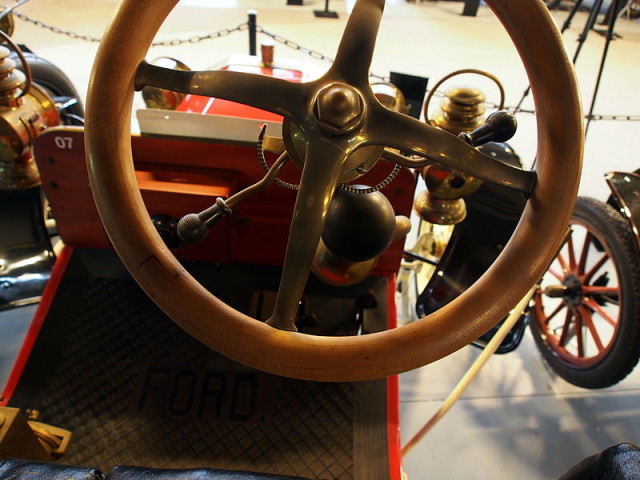
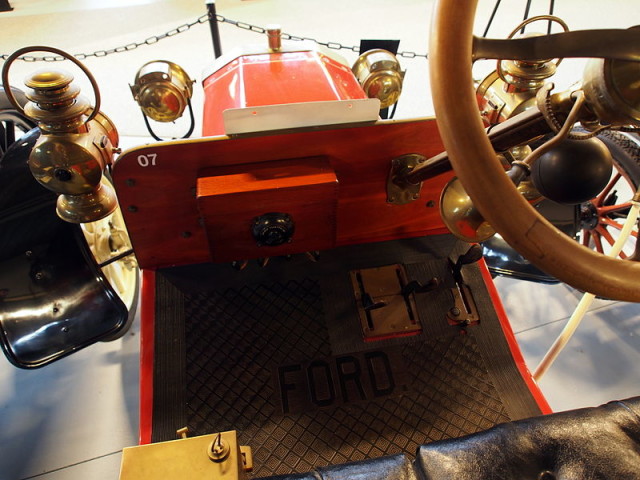
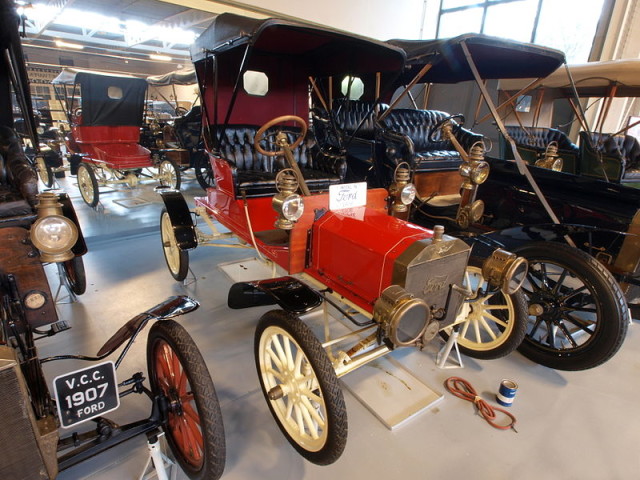
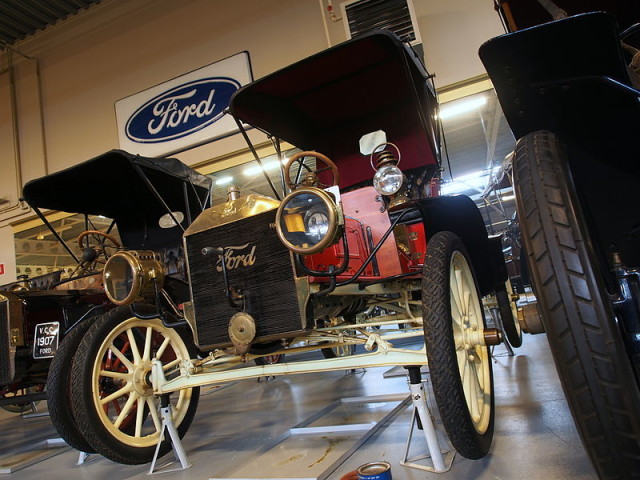
At US$500, the car was viewed as highly affordable at the time; by contrast, the high-volume Oldsmobile Runabout went for $650, Western’s Gale Model A was $500, the Brush Runabout $485, the Black went for as low as $375, and the Success hit the amazingly low $250. Maroon was the only factory color for the Model N.
The Model N was introduced at the New York Auto Show in January 1906 and deliveries began in July of that same year. During the 28 months of production, 7,000 Model N automobiles were assembled and sold.
